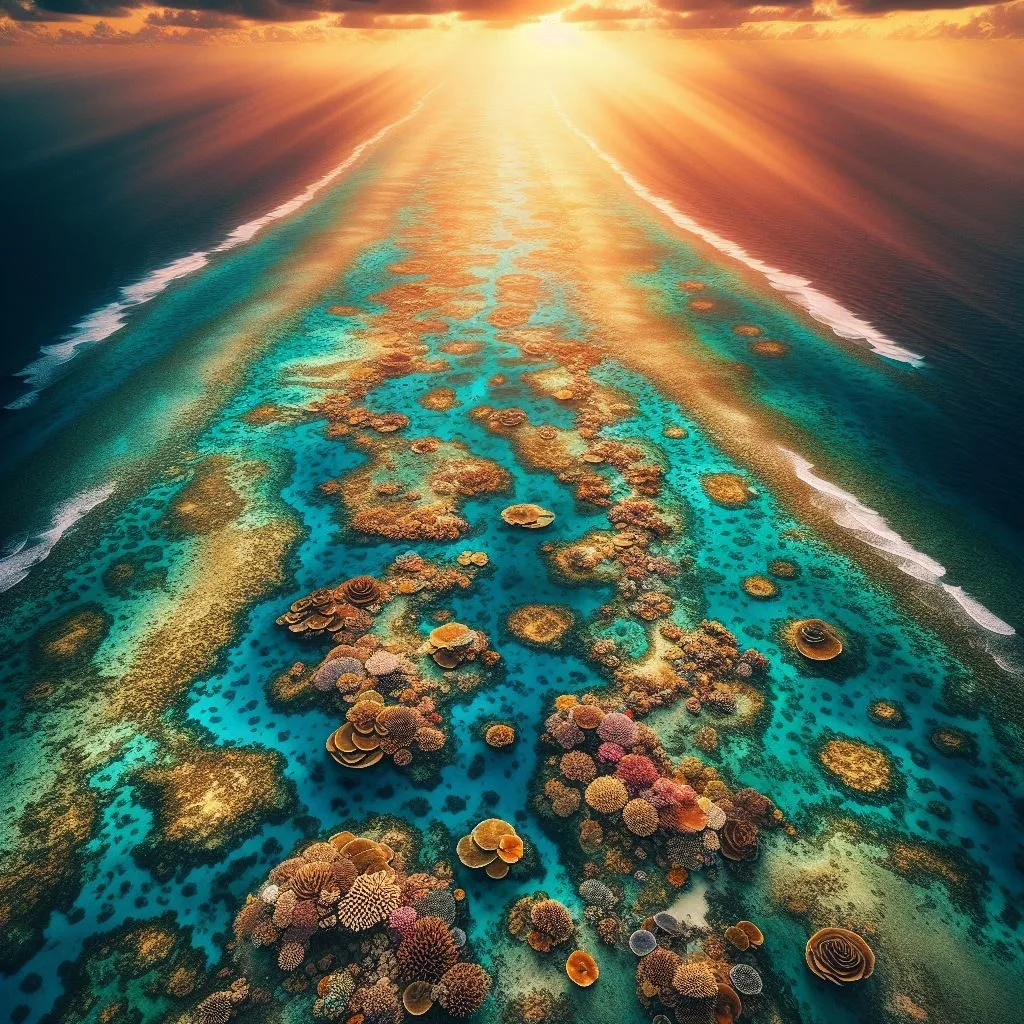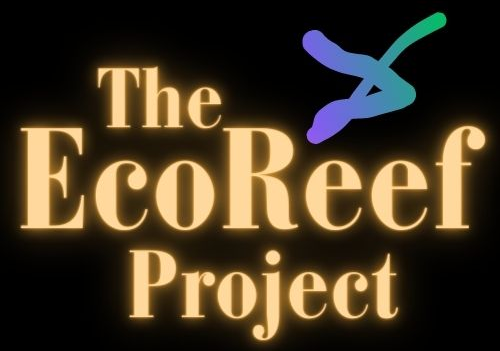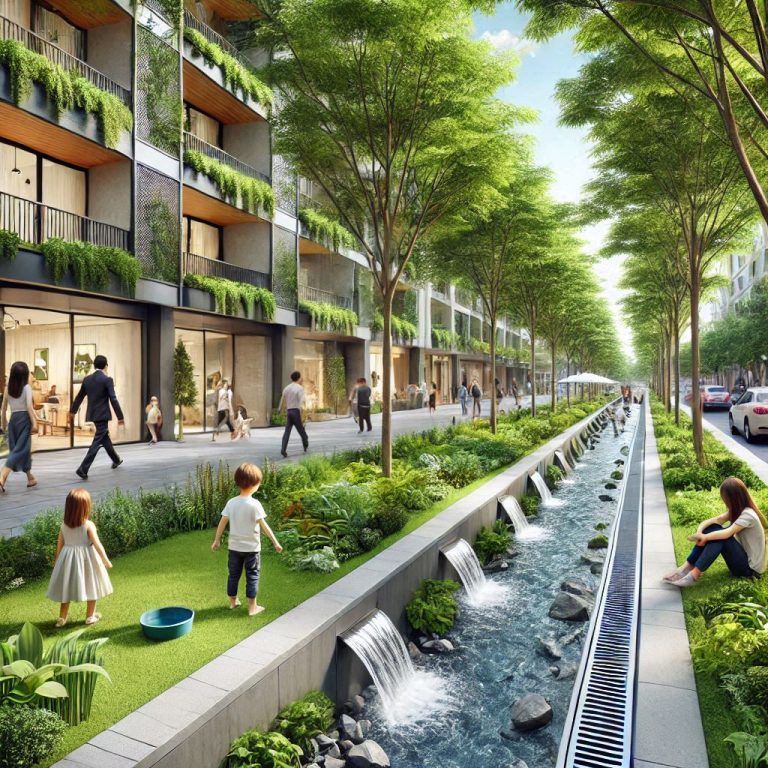
Ecoreef & Transforming Coastal Erosion
EcoReefs & Valuable Assets
Introduction
Coastal erosion poses a significant threat to our shorelines, impacting ecosystems, infrastructure, and communities. Enter Ecoreef, a groundbreaking solution that not only combats erosion but also transforms it into an asset. Let’s explore what Ecoreef is, how it works, and why it’s a game-changer for coastal resilience.
What Is Ecoreef?
Ecoreef is a man-made modular system designed to protect coastlines from erosion. Unlike traditional hard structures like seawalls or breakwaters, Ecoreef takes a softer approach. Here’s how it works:
Modular Skeleton: Ecoreef consists of hexagonal modules inspired by nature’s strongest shape. These interlocking modules create a flexible and resilient structure.
Beach Material Retention: Ecoreef can be ramped at shallow angles to capture and retain beach material. It acts as a buffer, absorbing wave energy and preventing further erosion.
Eco-Friendly Materials: Ecoreef is handcrafted using naturally occurring land materials and aquarium-safe aggregates. Its highly porous structure promotes bacterial loading and habitat restoration.
How Does Ecoreef Become an Asset?
Coastal Protection: Ecoreef provides long-term protection for property, infrastructure, and ecosystems. By stabilizing shorelines, it safeguards valuable real estate, roads, and utilities.
Safe Public Access: Ecoreef creates a safe environment for public use. Beaches and coastal areas protected by Ecoreef remain accessible, supporting tourism, recreation, and local economies.
Cost-Effective Construction: Ecoreef’s modular design minimizes site preparation and build time. Once put in, it requires a very minimal maintenance which reduces long-term costs.
Habitat Restoration: Ecoreef’s hexagonal structure is ideal for planting and supporting habitat restoration. It encourages the growth of marine life, including oysters, corals, and other organisms.
Energy Efficiency: Unlike hard structures, Ecoreef doesn’t reflect wave energy back into the ocean. Instead, it dissipates energy, reducing erosion and minimizing the need for ongoing repairs.
Real-Life Examples
Dropout Repair: Ecoreef repaired a seven-meter-deep dropout caused by severe weather events. Its unique ability to conform to specific site requirements made it an efficient solution.
Bridge Abutment: In just 24 hours, Ecoreef wrapped around a bridge’s foundations, providing resilience against damage caused by recent weather events.
Turners Bay, Cape Palliser: Ecoreef protected an eroded roadway, ensuring safe passage for travelers.
Join the Movement
Awareness: Spread the word about Ecoreef’s benefits. Educate communities, policymakers, and environmentalists.
Collaboration: Governments, engineers, and conservationists must collaborate to implement Ecoreef projects.
Sustainable Coastal Management: Incorporate Ecoreef into coastal management plans for long-term resilience.
Conclusion
Ecoreef is more than erosion control; it’s an asset that enhances coastal environments. By harnessing nature-inspired design and eco-friendly materials, we can protect our shores while promoting biodiversity and sustainable development. Let’s embrace Ecoreef and turn erosion challenges into opportunities for a resilient future.







